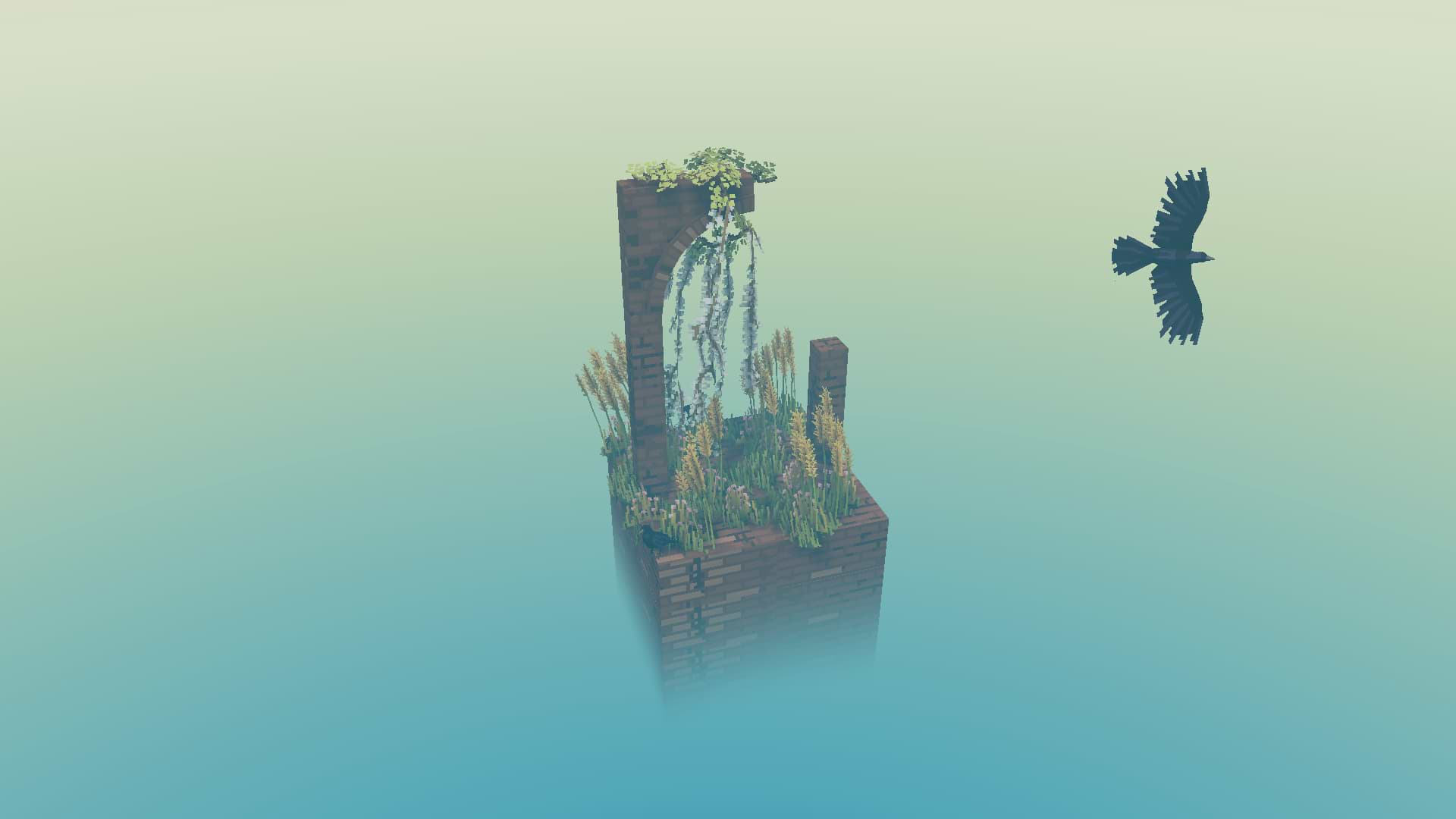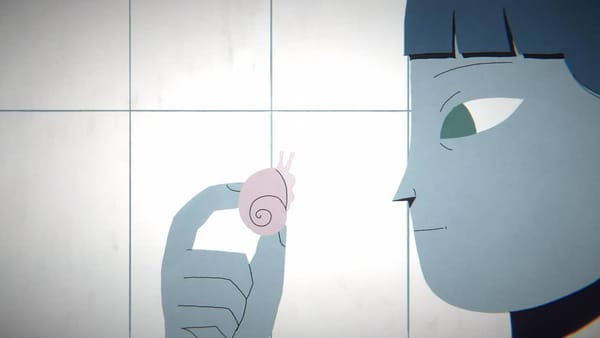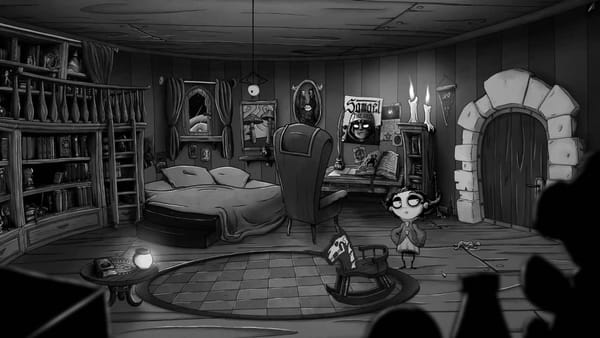A swift Cloud Gardens Early Access Review as the experience can be a quick-fire playthrough, but in the long term, a game that could redefine the phrase ‘Netflix and chill’. Without the sexual connotations.
To capture a sense of zen in a game can feel a little bit too much of a conscious construct; a man-made playground of nothingness, poetry and fancy buzzwords to instil a bit of calm in one’s life, but ‘zen’ never comes to fruition.
Cloud Gardens doesn’t aim to create those picturesque setpieces you’ll find scattered around in Japanese tourist honeypots, with visitors pretending to get it or simply offer up a vacant expression of being tasked with devising time travel.
What a load of bollocks.
Cloud Gardens Early Access Review
Instead, this game from Noio is a snapshot of calm (mostly), free-thinking joy that comes with exploring creative puzzle titles. If you fancy yourself as untapped talent in the world of ikebana or landscaping, but never lifted a finger, then Cloud Gardens is as much for you as it is for me.

Without a ‘You are here’ map, you enter a gradient skyline of subtle urban vistas for you to work your magic. That magic involves clicking on a plant-like orb that usually hangs in a net, waiting to be nurtured.
That nurturing comes from planting on any surface that appears to be a hotbed for vegetation. Read: anywhere. In the ‘campaign’ mode, which is one scene after another with slightly more introductions to the already bare UI, you’re given a few indicators where to grow your pieces.
It’s not clearly defined whether the plants should be placed at the bottom to grow upwards like ivy, or having from a beam using wisteria, but working it out is part of the charm, and the objective isn’t to steamroll through to unlock an achievement.
In the bottom left of the screen is a circular gauge that fills each time your plant(s) grow. Fill the gauge, and you can proceed to the next area. For the first half dozen scenes, this was easy, but then the plant would stop growing, or you’d be given signposts, industrial items and tyres to add.
Initially, this didn’t make sense and would make what appeared to be a tranquil scene in the supposed apocalypse look quite chaotic and ugly. The purpose of these items is to trim away at the growths and allow them to grow back fuller and perhaps longer, however, if you place an item on the root of your plant it will respawn, and you have to set it once again, refilling the gauge.
Every Cloud…

With this progression, the game feels organic as the life it represents, and through subtle increments introduces new mechanics such as blooming plants that can be snipped and recycled to create new plants, making your vistas more lively. Of course, the levels get bigger and more complex too.
Aside from the freedom to arrange the scene how you see fit, there’s a sandbox mode too where you are free to experiment – you can also set up photos too, if that’s your thing, with free movement of each step.
You literally can get lost here, in a good way, as there’s no one way of conforming and doing the same as everyone else.
The visuals in the screenshots were stunning, but on the first inspection, they were low resolution and pretty crude textures. It’s unlikely that you picked up Cloud Gardens for the graphics, but it was a bit of a surprise. That said, let’s say after a couple of minutes, that opinion was binned as the mood this game creates, and it’s minimalist approach – both in environments and UI is exquisite – to use a bit of a poncy term for a game review.
In that respect, Cloud Gardens is a beautiful game. If it wasn’t for the monotony and complications that real life brings, and possibly the reason for playing the game in the first place, this experience should be on your go-to playlist as much as one of your favourite albums on Spotify.










